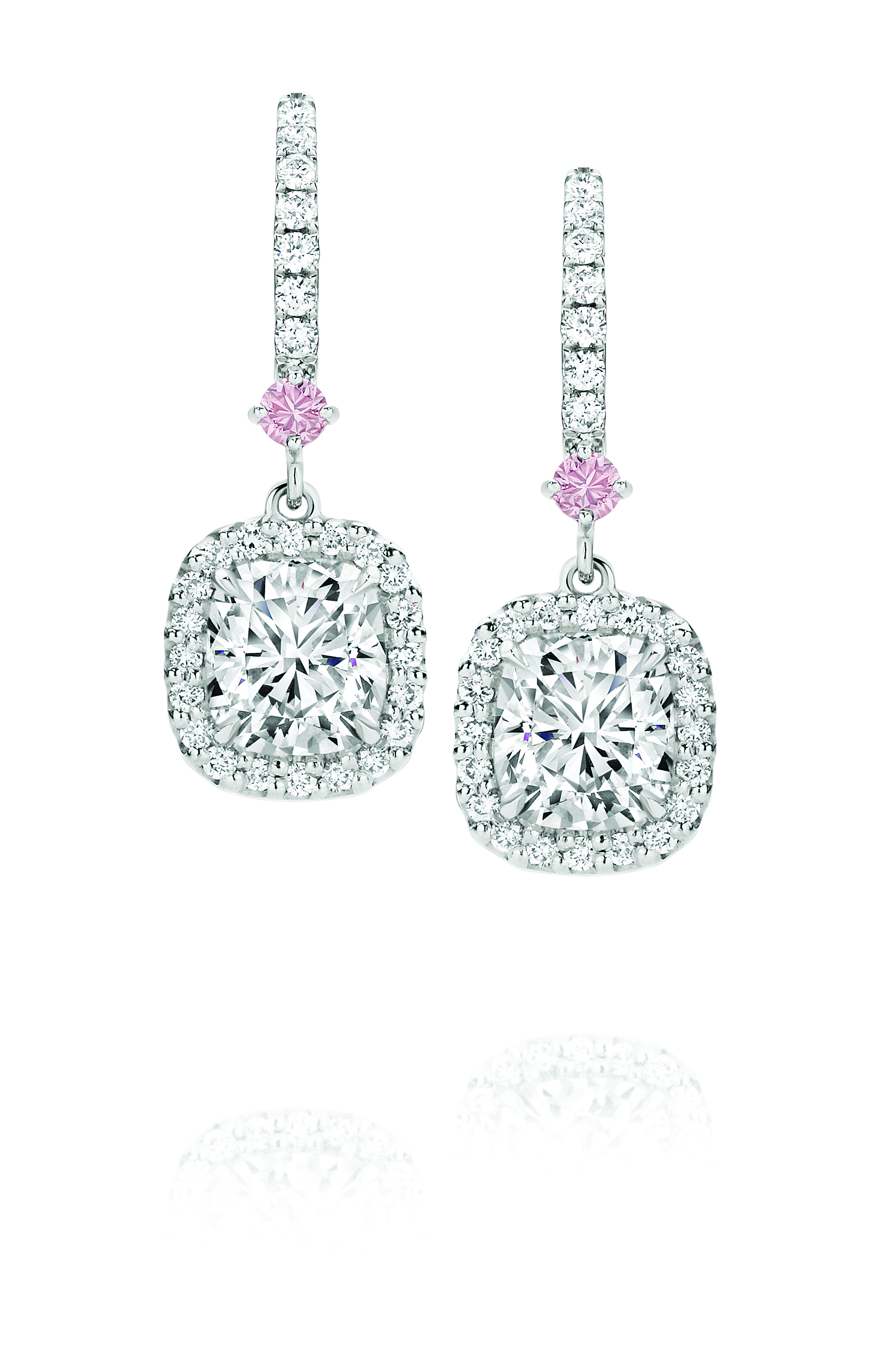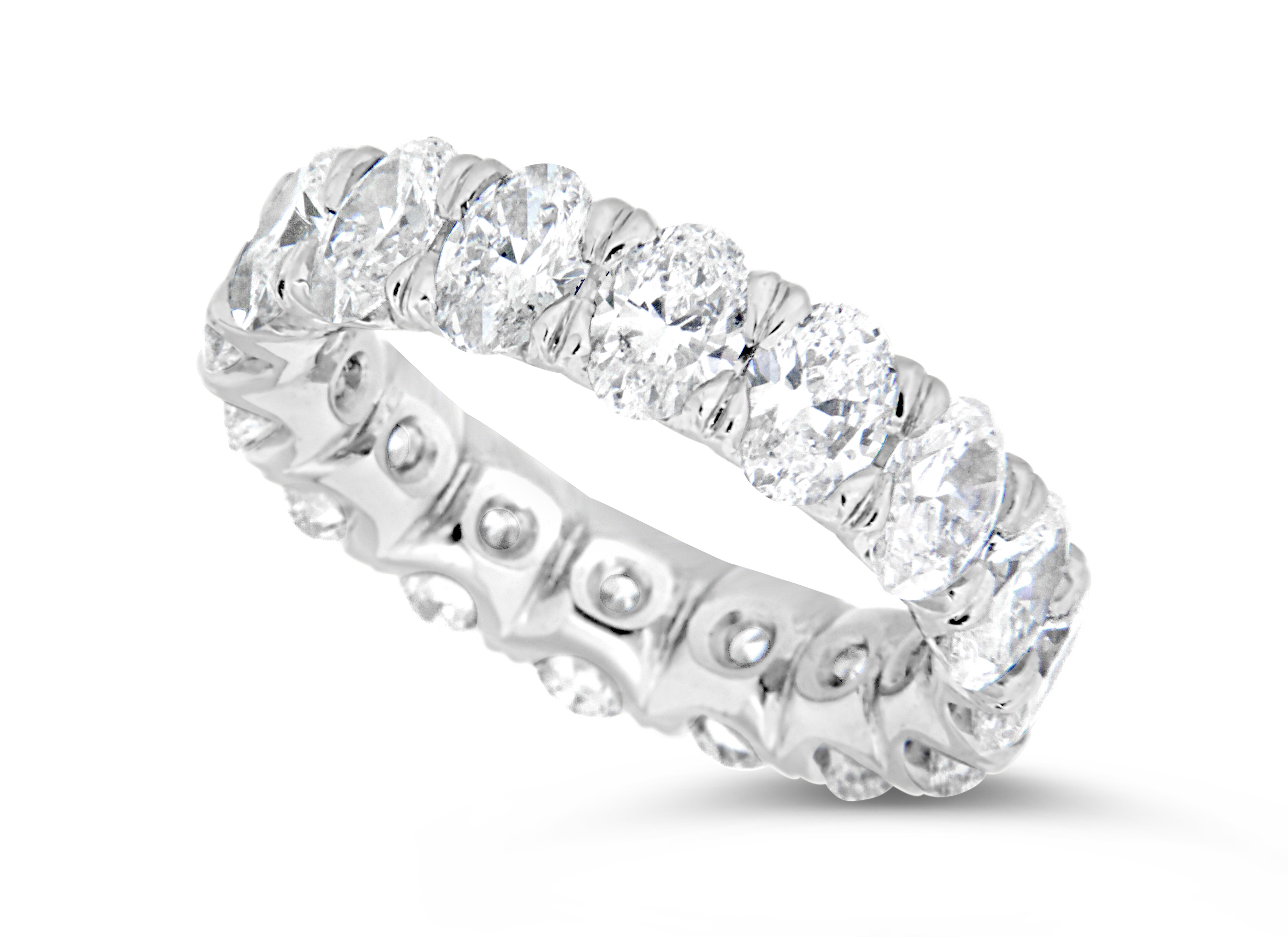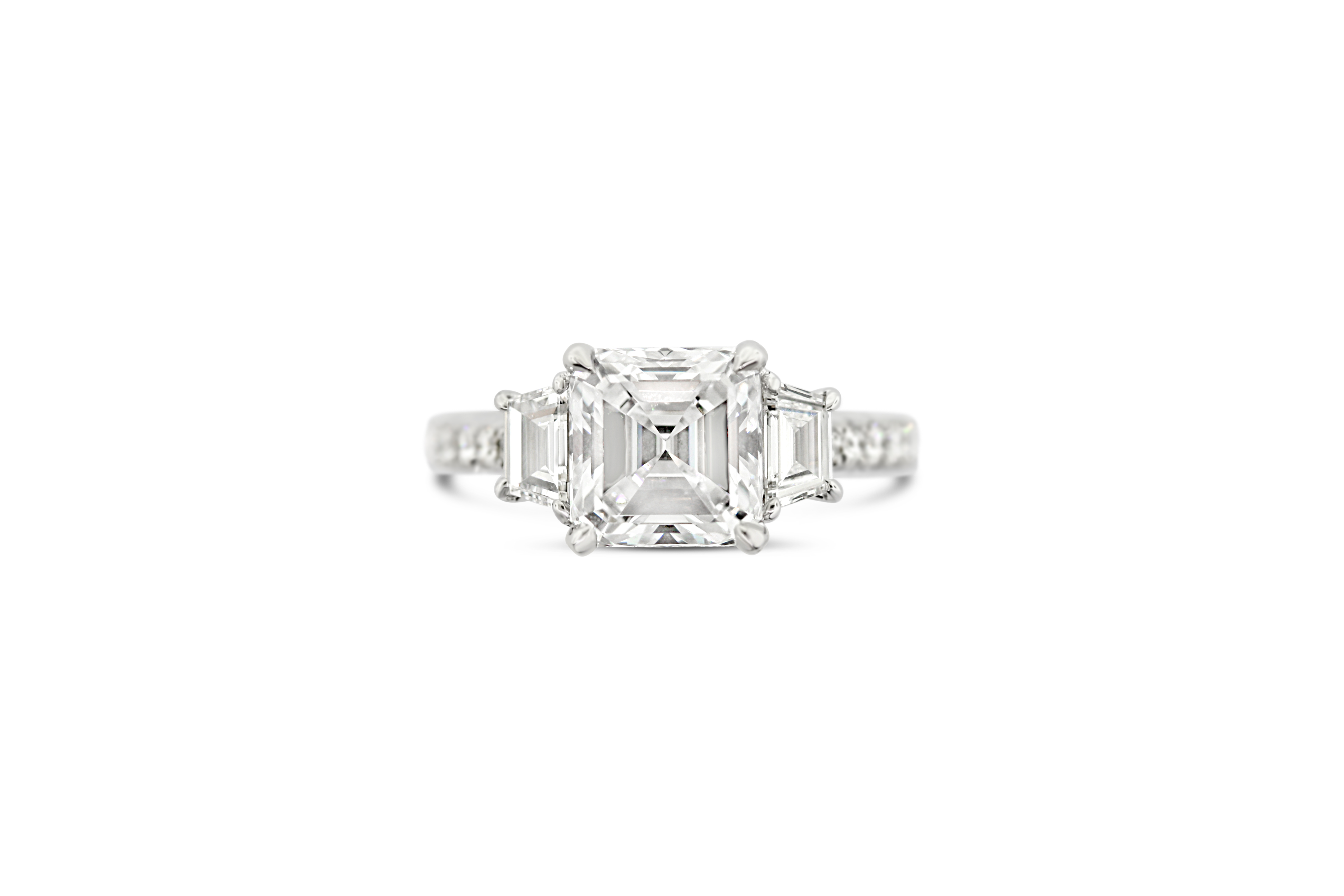03-May-2021
MAKING AN ENVIRONMENTALLY RESPONSIBLE CHOICE WHEN BUYING A DIAMOND

As we reflect on World Earth Day for 2021, we examine the choices available and ask what is the most environmentally sensitive option when purchasing a diamond or diamond set jewellery?
It may surprise many to read that buying a natural, responsibly mined diamond is actually the better choice when selecting a diamond in 2021.
As an age old industry, the world diamond trade has had roots in countries like South Africa since the 1800’s, commencing with small hand dug mines. Of course, as the worlds appetite for diamonds grew so did the scale of diamond mining operations in areas where deposits of diamonds were discovered, many in developing or emerging countries.
Like many natural resources, the historical methods of recovery were not as friendly to the environment as those of today and like every facet of our modern lives the diamond mining industry has been compelled to radically change its practices to meet the modern day demands for protecting our natural world.
In the remote Artic Tundra of Canada, the impact of diamond mining on the wild environment has been negligible due to the strict recovery practices of the regulations that govern the industry. Continual planned management by environmental scientists ensures that the recovery process includes complete restoration of the land and protection of the wildlife and vegetation. This process of environmental remediation is currently being undertaken at the recently closed Argyle mine in Western Australia to ensure that the Kimberley remains as wild and pristine as possible for future generations.
The African nations of Namibia and Botswana, known for their strict conflict free diamond production and adherence to the Kimberley process also maintain the natural environment with land recovery practices governed by rigid environmental standards.
The modern diamond mining industry of today also brings socially responsible economic benefit to those countries where mining operations are located including investment in healthcare and education, roads, water and sewerage infrastructure for local communities.



BUT WHAT ABOUT MAN MADE DIAMONDS?
The recent introduction of synthetic or manufactured diamonds into the global marketplace has been a source of confusion for many purchasers mindful of making an environmentally responsible choice when buying a diamond.
Promoted by producers as being the ‘earth friendly alternative’ to natural diamonds, recent data has shown that the man made manufacturing of synthetic stones has a carbon footprint 3 times that of natural diamond recovery cited as 511kg compared to 160kg of carbon emissions per polished carat produced by the natural diamond recovery process*.
The manufacturing of man-mademass produced diamonds is a factory based, resource intensive process consuming large amounts of fossil fuels including gas and coal to generate the extreme temperatures required to artificially produce the synthetic diamond rough.
The relatively new and privately owned synthetic diamond industry also lacks the accountability of its earth borne natural diamond counterpart that is strictly regulated and highly scrutinised including employing third party agencies to monitor environmental impacts of production.
This lack of transparency, fixing of a nominal market price that does not reflect the true cost of production and unsubstantiated claims of environmental sensitivity makes choosing a man-made diamond a well-intentioned but not truly environmental decision.
CONCLUSION
It is important to focus on the true origin of an earth borne diamond – each a beautiful, rare natural phenomenon, individual and of truly natural provenance worthy of celebrating the significant milestones of life.
A natural diamond will appreciate and be appreciated over time for its rarity – its value reflecting its unique qualities and earth born origins. A synthetic, factory produced diamond has no real rarity, more can always be created and as technology improves, the cost of manufacture should decrease – which reflects the value of the factory born alternative.
When considering the environmentally responsible choice of a diamond it is vital to research well and understand all the facts relevant to the impact that the production of a natural diamond has when compared to the synthetic alternative.
On the surface, a man-made stone may seem ‘earth friendly’ but remember to take into consideration the true carbon footprint of creating in a factory as opposed to the retrieval of natural earth borne diamonds formed billions of years ago as well as the social benefits to local communities.














